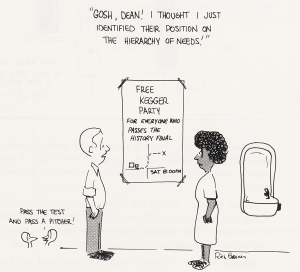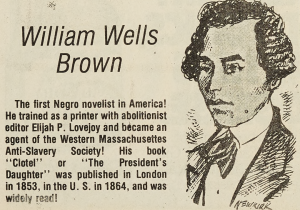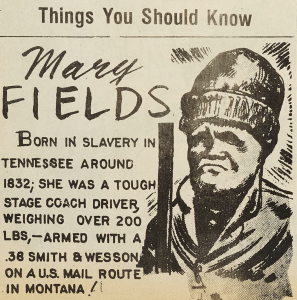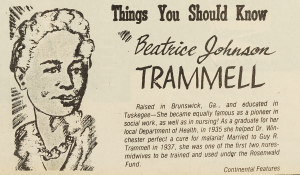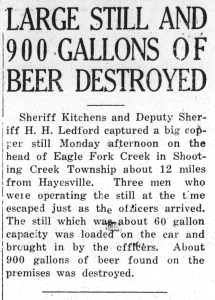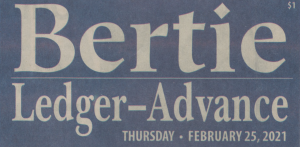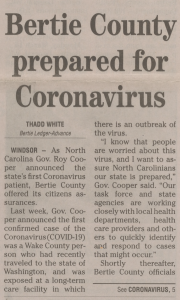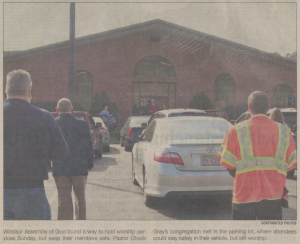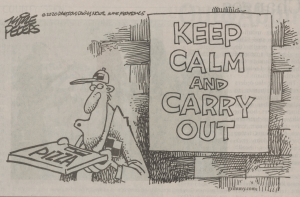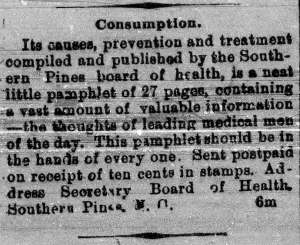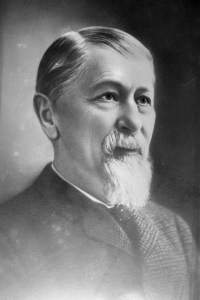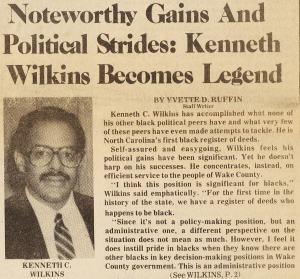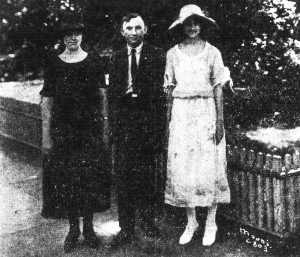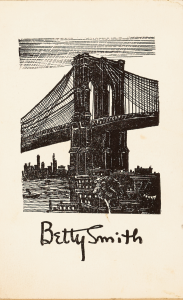
From the 1950-1976 scrapbook
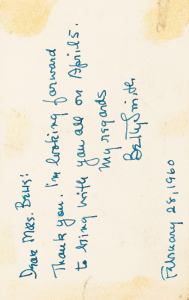
The reverse side of the postcard
Our latest batch of materials from the Wayne County Public Library includes some seriously cool scrapbooks that document almost a century of the library’s history. Ranging from 1910 to the 1990s, these seven scrapbooks contain detailed minutes, photographs, newspaper clippings, event paraphernalia and other ephemera.
One of the most exciting sections is the collection of letters from North Carolina authors—who also happen to be mostly women—in the 1950-1976 scrapbook. Several writers seem to have been invited for readings and events at the library, and they wrote letters back to library staff about their experiences.
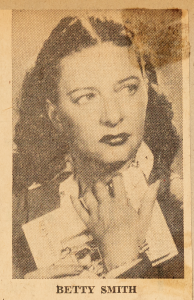
From the 1950-1976 scrapbook
One of the most famous writers that visited was Betty Smith, who is probably best known for her novel A Tree Grows in Brooklyn (there are several materials about her already on DigitalNC, including this video interview). Although she was born in New York, Smith adopted Chapel Hill as her home town later in life and is still buried in the Chapel Hill Memorial Cemetery. Along with the card that she sent to library staff (pictured above), the scrapbook includes a newspaper clipping with an interview of Smith where she encourages Chapel Hill to resist the push for industry and to preserve its small-town character.
“I hate to see commercialism,” she said. “They come in and tear up trees that took 200 years to grow, and pile them up and burn them to get rid of them. Then they stick out little trees—with wire holding them up. Why couldn’t we have a shortage of bulldozers!”
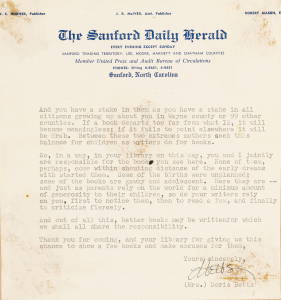
The second half of a letter from Doris Betts
Another well-known author included here is Doris Betts, who served as an English and creative writing professor at UNC Chapel Hill. Betts was born in Statesville, attended UNC Greensboro and eventually settled in Pittsboro. In her literary career, she produced six novels, three short story collections, a Guggenheim Fellowship, three Sir Walter Raleigh Awards and the N.C. Medal for Literature. Her archive is now part of the UNC Chapel Hill Southern Historical Collection at Wilson Library.
Other authors included in the 1950-1976 scrapbook include Inglis Fletcher, Bernice Kelly Harris, Mebane Holoman Burgwyn, Bernadette Hoyle, and Mertie Lee Powers.
You can see the full collection of scrapbooks here. To see more materials from the Wayne County Public Library, you can visit their partner page and their website.
